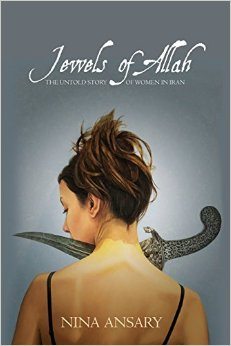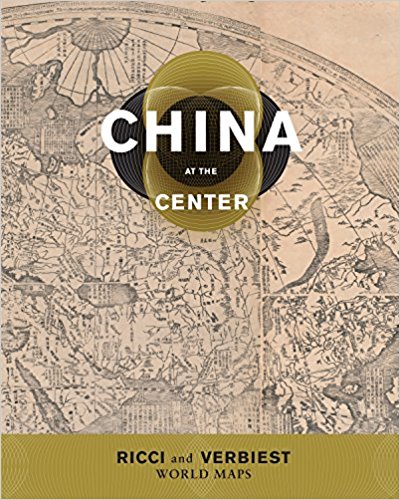Jewels of Allah
Is there any subject of which the average Westerner harbors more misconceptions and false assumptions than the role of the Middle Eastern woman? Dr. Nina Ansary tackles these misconceptions directly in her book Jewels of Allah, explaining that the history of women’s rights in Iran isn’t as simple as we assume. In fact, what is surprising is how women have found methods of liberation through their oppression. Two prominent examples are the mandated wearing of the hijab and the institution of single-sex education. Ansary explains that with the institutionalization of both the hijab and single-sex education, many conservative Muslim families felt more comfortable sending their daughters to school. Additionally, girls attending an all-girl school flourished more and were more comfortable voicing their opinions than they had been in the coeducational schools of the Pahlavi monarchy.
The Pahlavi era was one of rapid social progress. Too rapid, perhaps: Centuries of custom and tradition were ousted almost overnight, including the role of women. During the Persian centuries, women played a subordinate role, but with the advent of the Pahlavi era, women were allowed to hold political office, become lawyers, obtain divorces, and dress how they pleased. The hijab, however, was outlawed, and many Iranians believed the Pahlavi were mere puppets of the Western powers. In 1979 the pendulum of progress swung back with a vengeance, as the revolution under Ayatollah Khomeini ousted the Pahlavi regime and the era’s hard-won social progress. Women were once again forced to play a subordinate role. Yet as Ansary shows, there was and continues to be a thriving women’s rights movement despite the oppressive patriarchal laws and regulations. During the Iran-Iraq war from 1980 to 1988, for instance, women filled many of the jobs left vacant by men fighting in the war, not unlike women during World War II. Ansary also cites the numerous women’s magazines and periodicals in post-revolutionary Iran as an impetus and outlet for women’s concerns, and devotes an entire chapter to the women’s magazine Zanan and its founder, Shahla Sherkat.
One of the most important revelations of the book is that there is not just one type of Iranian woman. Even within the progressive women’s movement there are differences. There are devout Muslim women who seek to reconcile and reinterpret the Koran more favorably for women, and there are also secular women who believe no such reconciliation is possible and work for a complete break with tradition, yet despite their differences both camps work together for the advancement of women’s rights. Nina Ansary’s book is a must-read for anyone hoping for a fuller understanding of the role of women and the women’s rights movement in Iran. It is a much-needed antidote to Western misconceptions
| Author | |
|---|---|
| Star Count | 4/5 |
| Format | Trade |
| Page Count | 268 pages |
| Publisher | Revela Press |
| Publish Date | |
| ISBN | 9780986406416 |
| Bookshop.org | Buy this Book |
| Issue | May 2015 |
| Category | History |
| Share |








Reviews
There are no reviews yet.